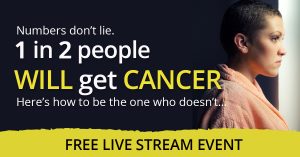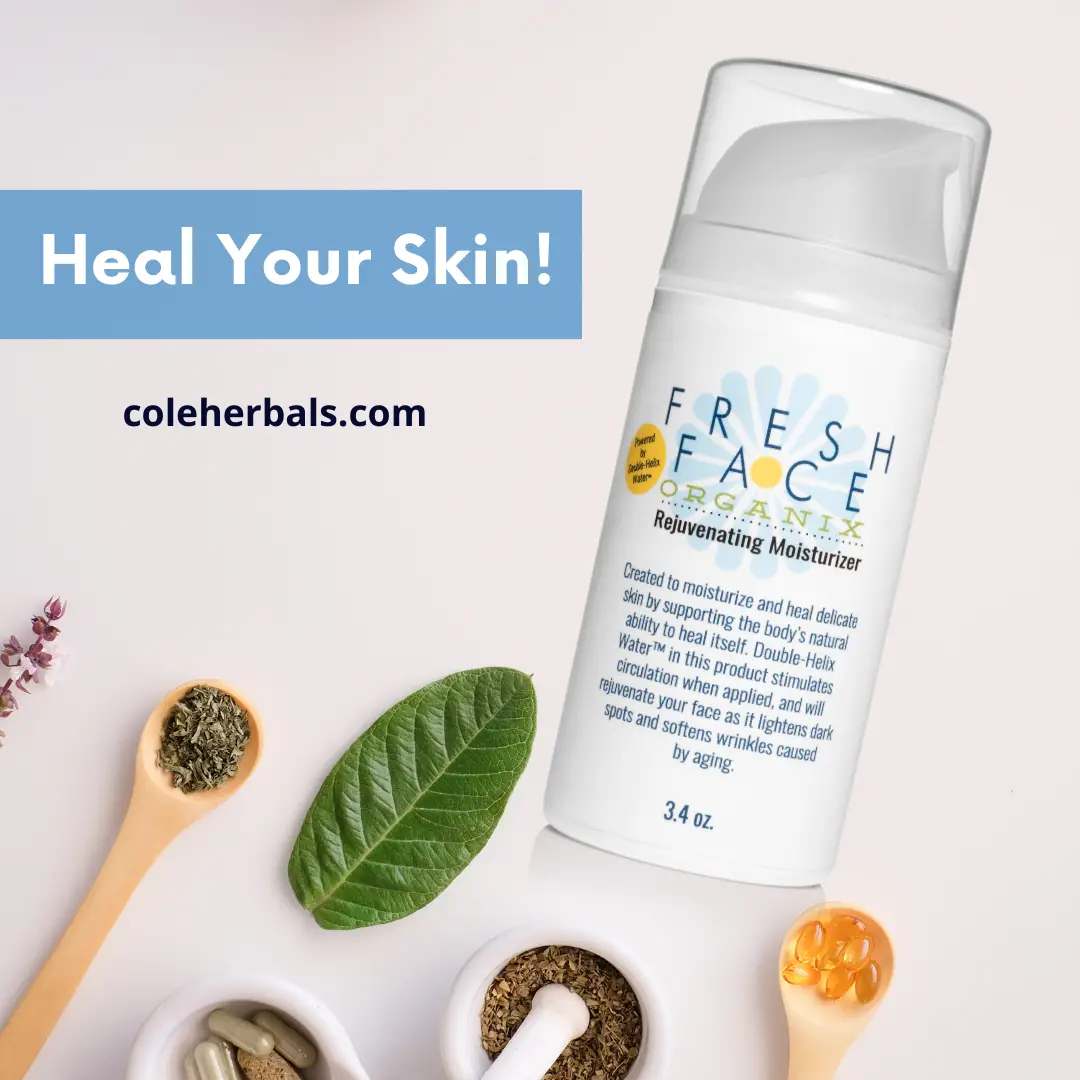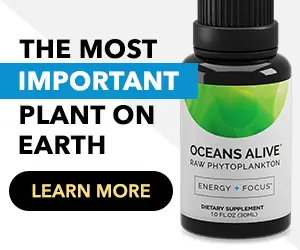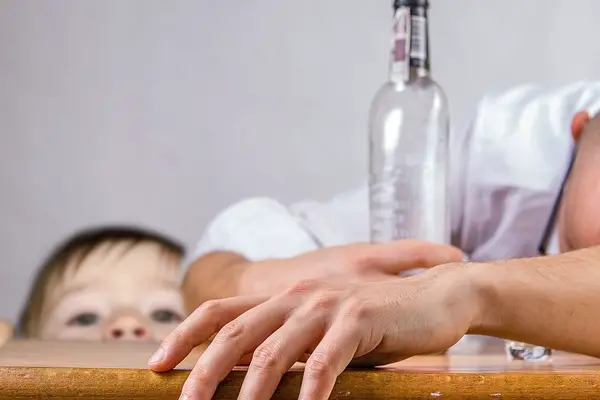
In the past, addiction was looked upon as making bad choices in life, being weak, or seeking the wrong type of pleasure. This outdated view is rapidly changing. Johann Hari traveled 30,000 miles across the world to discover that community is the number one cure for addiction.
In his book he spoke out against shaming and the illegality of drugs. But it takes a doctor, a scientist to explain why Johann was absolutely correct. Dr. Daniel Sumrok has discovered the scientific cause of addiction. This cause is the ACEs – adverse childhood experiences, and they should not be taken lightly; besides addiction, they are responsible for many cases of heart disease, cancer, and many other serious health conditions.
Sumrok is the director of the Center for Addiction Sciences at the University of Tennessee Health Science Center’s College of Medicine and one of the first 106 physicians in the U.S. to become board-certified in addiction medicine. He has been seeing clients with addictions to opioids, alcohol, food, sex, and gambling for the last 28 years.
His research of addiction started in 1980s with a paper about post-traumatic stress disorder (PTSD) in former Vietnam War soldiers. He found a high number of “problems with the law, having trouble sleeping, anxiety, divorce, sleep troubles, substance use disorders, depression, anxiety, cognitive and chronic pain issues.” Sumrok discovered that all of these are also seen in addiction, and that fueled his addiction research.
Based on everything he has seen and studies, Sumrok says the word addiction itself is incorrect, he calls it “ritualized compulsive comfort-seeking.” He also says that it is a completely normal behavior in those who experienced childhood trauma.
“Ritualized compulsive comfort-seeking [or addiction] is a normal response to the adversity experienced in childhood, just like bleeding is a normal response to being stabbed,” Sumrok says.

Dr. Daniel Sumrok redefined the word “addiction.” PHOTO: acestoohigh.com
He explains that we treat addiction all wrong. Instead of shame and making drugs illegal, the solution is respect, finding a healthy ritualized compulsive comfort-seeking behavior, and addressing ACEs in therapy (plus medication only if necessary).
The formula of treatment is simple:
“Treat people with respect instead of blaming or shaming them. Listen intently to what they have to say. Integrate the healing traditions of the culture in which they live. Use prescription drugs, if necessary. And integrate adverse childhood experiences science: ACEs.”
Understanding ACEs Sheds a New Light On Addressing Addiction
Sumrok first discovered the existence and effect of ACEs when working with people who had an eating disorder, and finding out that 90% of them had sexual trauma. Later, when he was working with over 1,200 patients who were addicted to opioids, 1,100 of them had high ACE scores.
The link between the two was hard to deny.
“Since I’ve learned about ACEs, I talk about it every day,” Sumrok says.
ACEs come from the groundbreaking CDC-Kaiser Permanente Adverse Childhood Experiences Study. This research looked at 10 different types of childhood trauma and its effect on the long-term health and wellbeing. Later studies looked at even more types of trauma. The list is rather long.
The types of childhood trauma that affect the child’s health into adulthood are:
-Attending a school that enforces a zero-tolerance discipline policy
-Being homeless
-Being in the foster care system
-Being an immigrant
-Bullying
-Experiencing racism
-Having a family member who’s incarcerated
-Involvement with the criminal justice system
-Living with a family member who has an addiction addicted
-Living with a family member who has depression or another mental illness
-Living in an unsafe neighborhood
-Living in a war zone
-Losing a parent to deportation
-Moving many times
-Parental divorce or separation
-Physical, emotional and sexual abuse
-Physical and emotional neglect
-Witnessing a mother being abused
-Witnessing a father or other caregiver being abused
-Witnessing violence outside the home
-Witnessing a sibling being abused
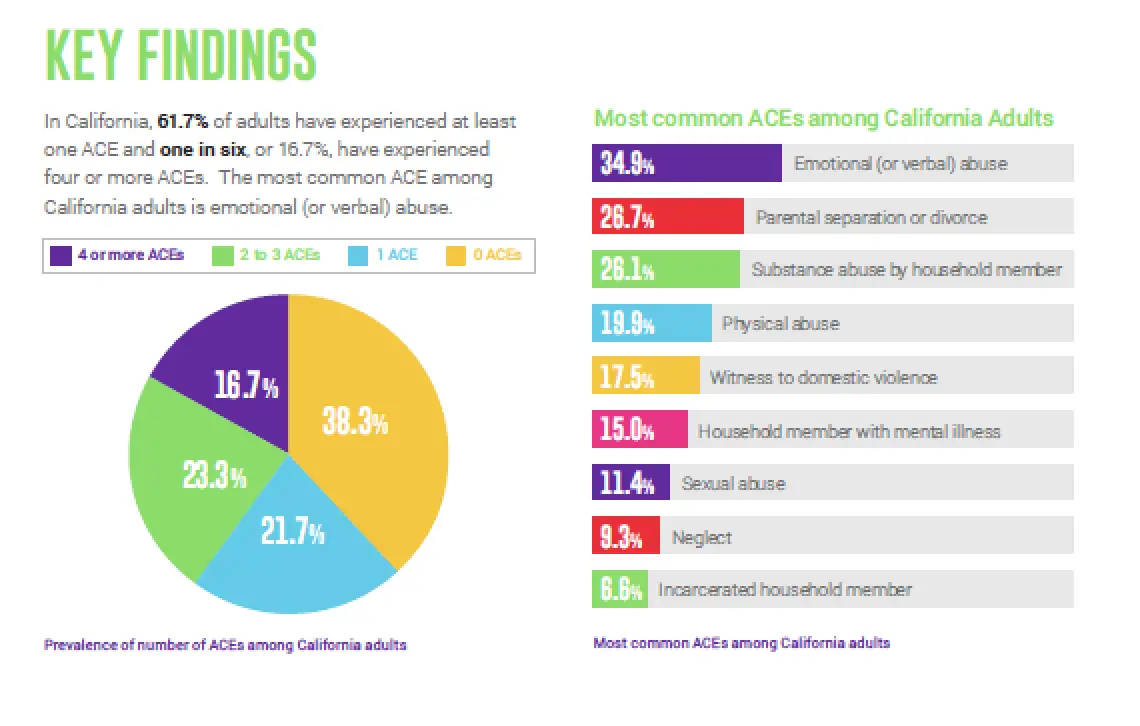
One California study found that only 38.3% of the population have zero ACEs. Other states had similar findings. GRAPHIC: acestoohigh.com
What happens when a child experiences these traumatic events? The more ACEs a person has lived through, the more damage they can do. To find your ACE score, there are questionnaires on the CDC website.
All of the ACEs causing toxic stress can do damage to the child’s developing brain, as well as the overall health. Besides addiction, they can cause chronic illnesses, mental disorders, and acts of violence. This damage can be passed down genetically.
The study found that it does not matter what type of ACE it is, all of them have the same negative effect. Vietnam veterans and a child who has lived through abuse are the same in this regard.
“It’s the trauma of childhood that causes neurobiological changes,” Sumrok says.
Some of the symptoms of this trauma are:
-Anxiety
-Depression
-Hopelessness
-Fear
-Anger
-Frustration
-Addiction
Statistically, over 64% of American people have experienced at least one childhood trauma. This makes over half of the population more likely to have chronic pain and use prescription medication. About 12% of people have lived through four or more of these events.
The score of 4 or more ACEs also raises the chance of becoming an alcoholic by 700% and attempting suicide by 1,200%. Five of more ACEs makes it 7-10 times more likely for a person to get addicted to illegal hard drugs.
The score of 4 or more also makes a person twice more at risk for heart disease and cancer.
“ACEs don’t just predict substance abuse disorders. All of our major chronic diseases link to substance abuse, so this is too big to ignore,” Sumrok says.
However, studies show that the body is resilient, and it wants to heal if shown the right way.
Healing after the ACEs
When patients come to Sumrok, he gives them the ACE survey twice, before he talks to them and after. He says most people report higher ACE scores after speaking with him about their childhood. Many who grow up in a negative environment are so used to events such as physical and emotional abuse that they do not initially think of them as traumatic.
Sumrok explains that addiction is a normal although unhealthy copying behavior which emerged when the person was not given or taught a better, healthier coping mechanism as a child.
He tells his patients why medications don’t usually work, just mask the symptoms. Zoloft, for example, often used for depression, does not treat the memory that triggers the person’s negative emotional response.
“Zoloft and other anti-depressants don’t remove the memory triggered by the odor of after shave that was worn by your uncle who sexually abused you when you were eight, or the memory triggered by a voice that sounds just like your mother who used to beat you with a belt, or by a face of a man who looks like your father who used to scream at you about how worthless you were…the examples are infinite,” Sumrok says.
It’s the body that keeps those memories alive.
When patients come to Sumrok, he makes them sign the agreement that they won’t use alcohol or drugs ever again. The two medications he does prescribe is buprenorphine use for opioid addiction and naltrexone for alcohol addiction, because alcoholics are at high risk of death without it.
The most important part of the treatment is group therapy – talking to others who have lived through the same experiences helps normalize them, making sure the clients know: You are not crazy.
Together the patients help one another find healthy ritualized compulsive comfort-seeking behaviors: such as coaching their kid’s sports team, volunteering to help others, exercising, or finding a path to a spiritual awakening.
Sumok says that just six months after beginning therapy his patients report getting back together with their husbands and wives, having good relationships with their kids again, and most importantly feeling “normal” again.
If anyone relapses, Sumok doesn’t shame and invites them to work on it again.
“I remind myself that I’m not saving souls, I’m saving their asses. It’s about getting them so they can function at work, at home, at play. It’s not about making them perfect human beings,” Sumok says.
Resources about ACEs can be found at ACEsTooHigh.com
Recommended reading:
Doctor Sells His Practice in New York, Buys Organic Farm & Begins Treating Patients Himself
Thanks for installing the Bottom of every post plugin by Corey Salzano. Contact me if you need custom WordPress plugins or website design.


